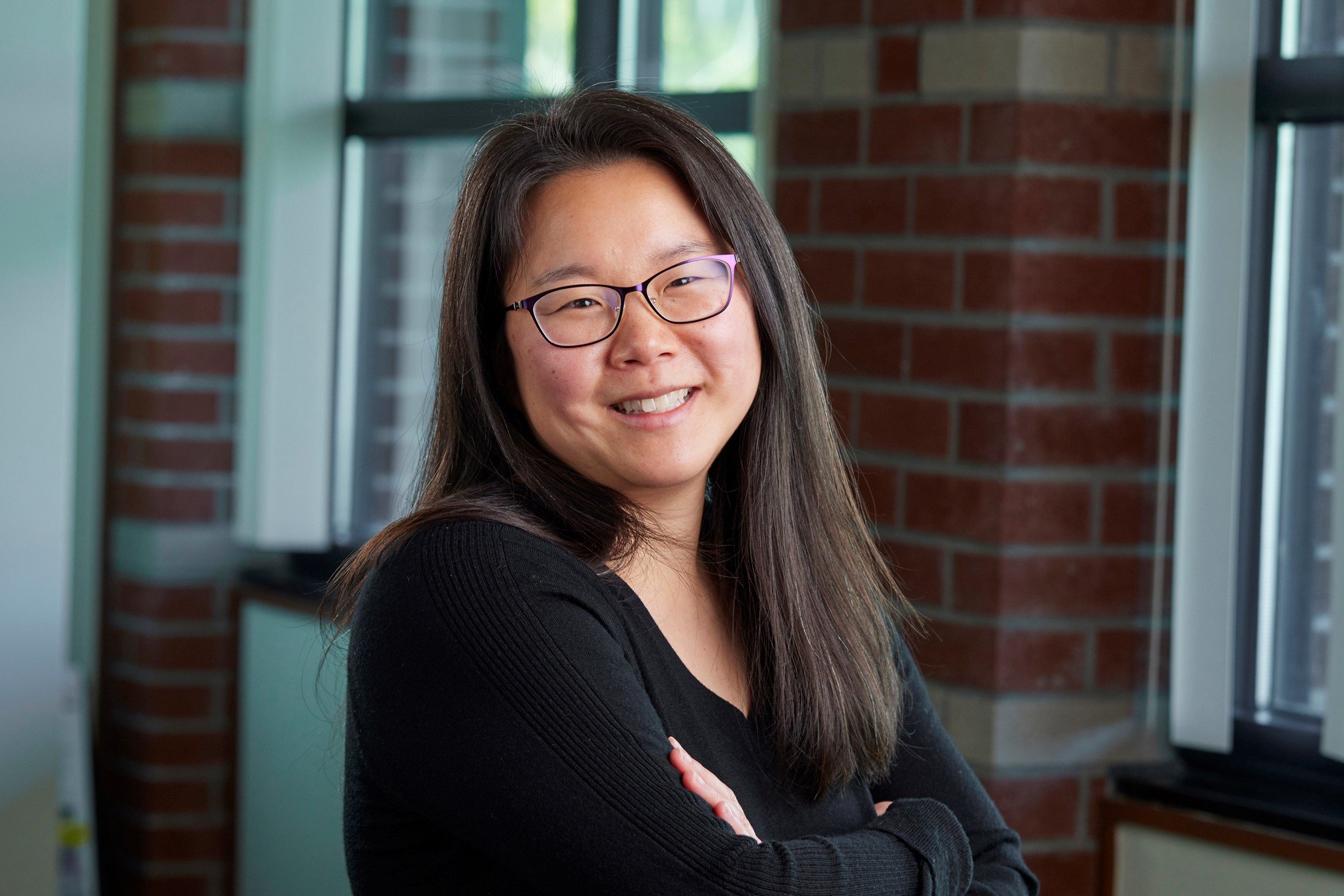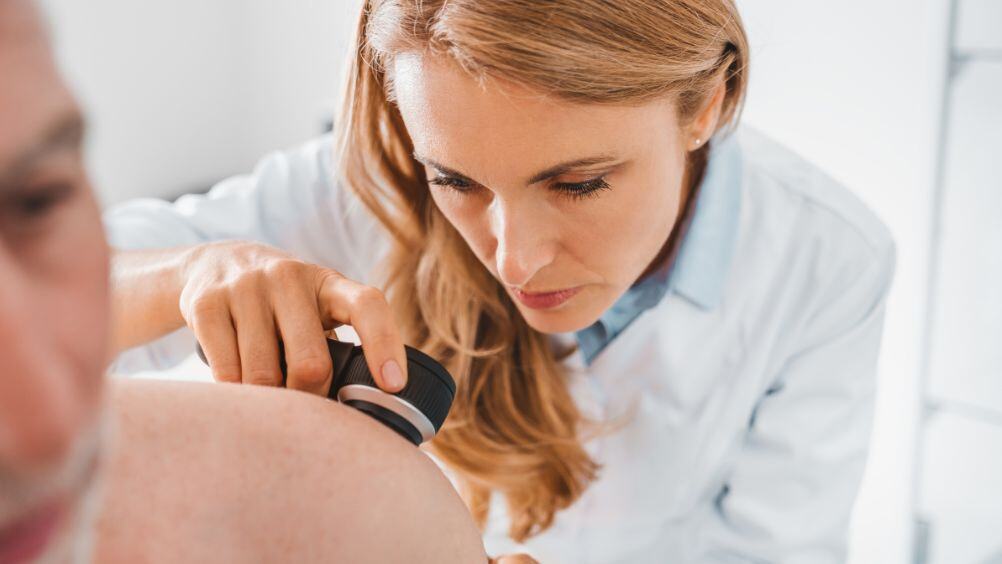Non-Melanoma Skin Cancer Care in the Willamette Valley
Non-Melanoma Skin Cancer
Skin cancer (non-melanoma) is the most common type of cancer in the United States.
The two most common types of skin cancer are basal cell cancer and squamous cell cancer. These cancers usually form in areas exposed to the sun such as the head, face, neck, hands, and arms. But skin cancer can occur anywhere.
Melanoma is a different, more dangerous, type of skin cancer. Learn more about melanoma.
Our skin cancer doctors are located throughout Willamette Valley and are available to talk to you about your nonmelanoma skin cancer and treatment options.
What Happens After a Non-Melanoma Skin Cancer Diagnosis?
A non-melanoma skin cancer diagnosis can leave you questioning what happens next. While this may be a challenging time, know that you’re not alone. The skin cancer specialists at WVCI are here to support you every step of the way, answering your questions and connecting you with the resources you need.
Read our newly diagnosed guide for helpful tips on what happens next.
Detecting Skin Cancer
Early detection is key for the best outcomes possible. Find out what you can do to monitor your skin regularly and what to do if you see something out of the ordinary.


Staging Skin Cancer
If non-melanoma skin cancer spreads from its original place to another part of the body, the new growth has the same kind of abnormal cells and the same name as the primary growth. It is still considered skin cancer. Learn more about the stages of skin cancer and how that will impact the treatment that’s recommended.
Non-Melanoma Skin Cancer Treatment
For most patients, skin cancer treatment includes removing the cancerous cells. This might be done in the dermatologist's office when they spot something out of the ordinary and remove it for testing. Or, if a larger spot is found, a special surgical procedure is planned to remove the cancerous area and some of the skin nearby, called the “margin.”
Some patients may not need other treatments, while others may require additional skin cancer therapies to reduce the chances of the cancer spreading.
The treatments and follow-up care recommended for non-melanoma skin cancer patients are dependent on the type of non-melanoma skin cancer that was diagnosed.
A Patient’s Experience with Non-Melanoma Skin Cancer Treatment at WVCI
After being diagnosed with basal cell carcinoma, this patient turned to Willamette Valley Cancer Institute for HDR brachytherapy—a quick, painless alternative to surgery for non-melanoma skin cancer. In this video, he shares how the treatment helped him and his wife recover with minimal downtime and compassionate care.



.jpg)




